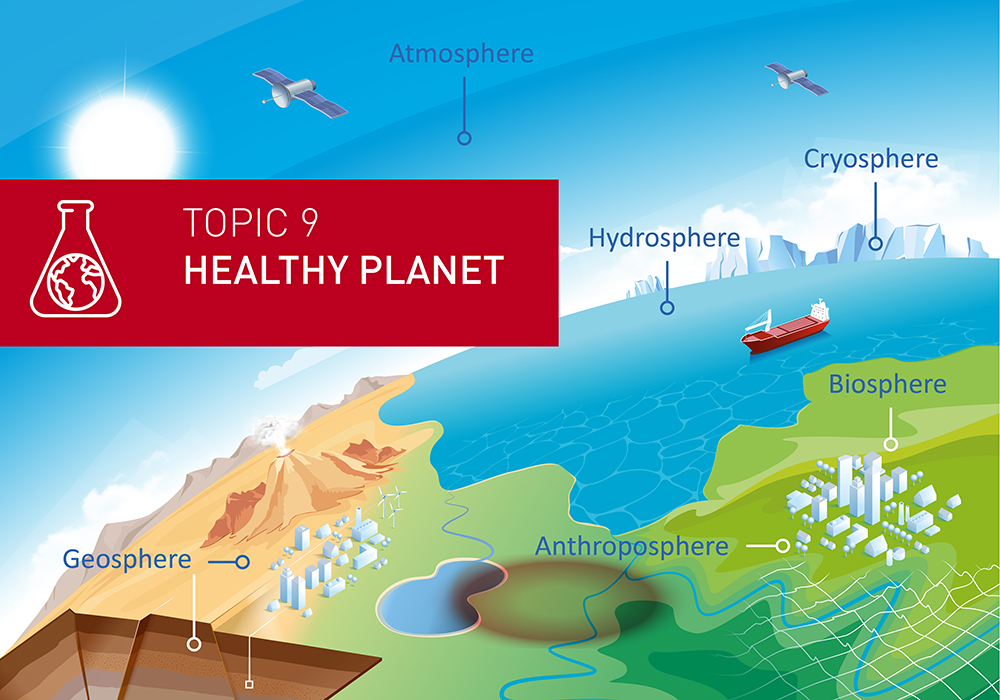Topic 9: Healthy Planet - Towards a Non-Toxic Environment

“Our mission is to work toward a healthy environment in which the impact of chemical pollution is kept to a minimum while also safeguarding human health and well-being.”
Beate Escher, Ana Zenclussen, Helmholtz Centre for Environmental Research (UFZ), Speaker Topic 9
There are millions of chemical compounds available around the world, several hundred thousand of which are used to provide services, whether as medications, household chemicals, or fertilizers. While these services are wanted, chemicals can also have an undesirable impact on people and the environment. For example, it is estimated that 16 percent of all premature deaths worldwide are due to environmental pollution from chemicals of anthropogenic origin.
We examine the effects of chemicals on ecosystems and human health. For this purpose, our researchers look at all the chemicals and environmental influences to which individuals are exposed throughout their lives: external environmental influences produced by chemicals in the air, in water, or in food as well as components produced in organisms in response to stress factors. This integrative perspective is referred to as the exposome.
How are chemicals transformed and broken down in the environment and in people? What substances are so long-lived that they can be detected and accumulate in animals and humans? What harmful biological effects can be triggered by chemicals, and how can the impact of chemicals be predicted? We develop a wide range of techniques in order to provide answers to these questions.
For example, we want to use chemical-analytical methods that can detect many chemicals simultaneously and help to assess their properties, such as to explore how chemicals interact with bacterial communities in the intestine. We are developing bioanalytical methods from cell models to biocenoses in order to anticipate the potential effects of chemicals in the environment. To do this, not only do we use laboratory models, we also observe various organisms in the environment, such as insect larvae or algae in water bodies. In addition, we look for harmful substances in water, in environmental organisms, and in human blood with the aim of ascertaining the detrimental effects of chemical cocktails.
The objective of our research is to develop new ways of assessing the risks posed by chemicals in advance and of evaluating environmental quality. We share this knowledge in order to promote a more sustainable chemical industry and to support the monitoring and management of chemicals.